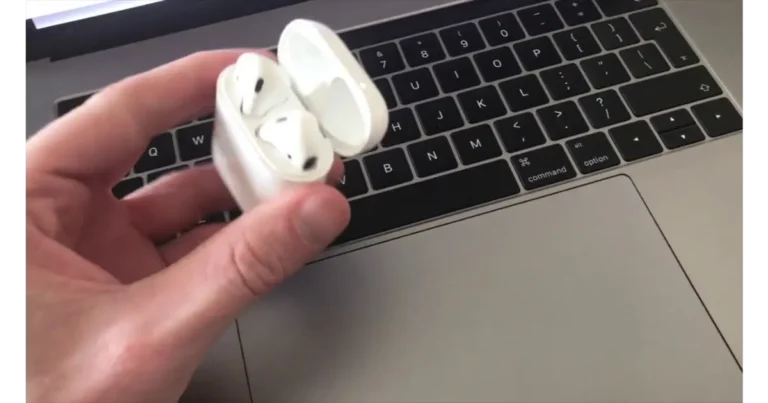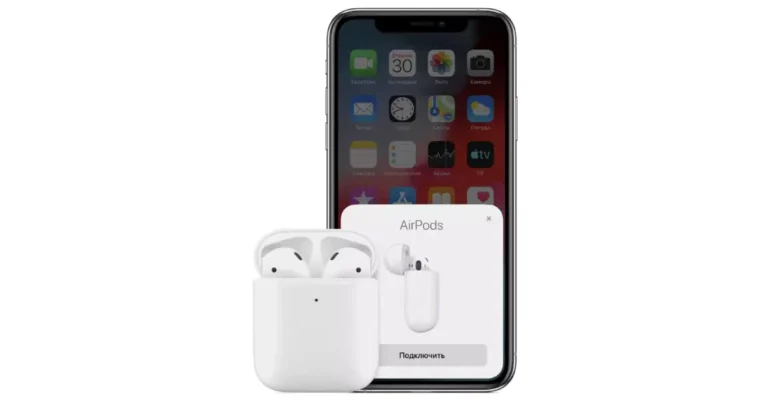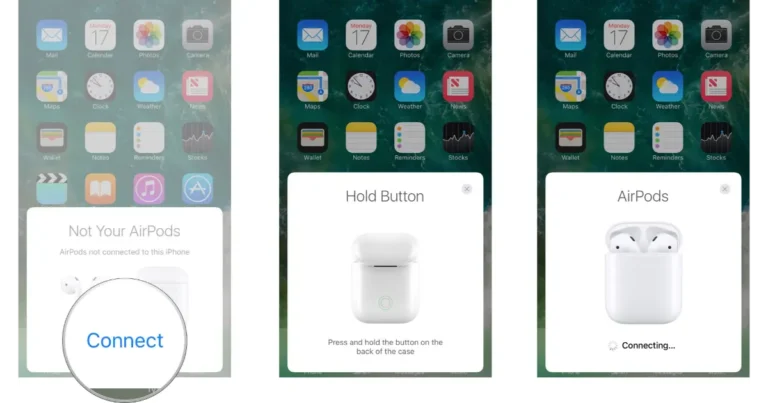How To Reset Airpods?
AirPods have become an essential accessory for music lovers and professionals, offering unparalleled convenience and wireless connectivity. Like all tech gadgets, they may encounter connectivity problems or audio glitches.
Have you ever found yourself in the middle of your favorite song, only for your AirPods to suddenly disconnect? Or they won’t pair with your device, no matter how often you try. Before you let frustration take over, a quick fix might bring your beloved AirPods back to life: resetting them.
Introduction to Resetting AirPods: A Simple Solution for Common Problems
In today’s fast-paced world, AirPods have become more than just an accessory; they are necessary for many of us. Whether for taking calls, listening to music, or accessing Siri, AirPods offer convenience and flexibility unmatched by traditional headphones.
Like all high-tech gadgets, they can sometimes encounter issues. These can range from connection problems to sound inconsistencies or difficulties in pairing with devices. Fortunately, a straightforward fix can resolve many of these issues: resetting your AirPods.
Understanding the “Reset” Function for AirPods
When we talk about resetting AirPods, what exactly do we mean? Resetting your AirPods involves returning them to their original factory settings. This process clears any remembered devices and settings, effectively making your AirPods “forget” their current connections and configurations.
It’s a valuable step for solving various problems and is often the go-to solution when other troubleshooting methods fail.
But why is this necessary? Restarting a computer can resolve unknown issues, but resetting AirPods can help overcome battery life, connectivity, and audio quality glitches. It’s a crucial function that can help when:
- Your AirPods won’t connect to your device.
- Audio playback isn’t working correctly, or the sound quality has diminished.
- You’re experiencing intermittent connections, or your AirPods frequently disconnect.
- You want to pair your AirPods with a new device and ensure a clean setup.
Step-by-Step Guide: How to Reset Your AirPods
Resetting your AirPods can resolve a myriad of issues and is straightforward to do. Here’s a step-by-step guide to get your AirPods working like new again.
Preparing to Reset
Before you start, ensure your AirPods are in their charging case, and you can access their paired device. This could be your iPhone, iPad, or another Bluetooth-enabled device.
Step 1: Place AirPods in Their Case

Insert both AirPods into their charging case and close the lid. Wait for about 30 seconds. This brief pause ensures the AirPods are ready to be reset.
Step 2: Open the Charging Case
After waiting, open the lid of your AirPods’ charging case. Keep your AirPods inside the case during this process.
Step 3: Forget Your AirPods on Your Device
On your device (such as an iPhone or iPad), navigate to the Bluetooth settings. Find your AirPods in the list of devices and select the “Forget This Device” option. Confirm your selection. This step is crucial as it clears the connection between your device and AirPods.
Step 4: Reset Your AirPods
If the AirPods case is still open, locate the setup button on the back. Press and hold this button for about 15 seconds or until the status light inside the case flashes amber and then white. This light signal indicates that your AirPods have been successfully reset.
Step 5: Reconnect Your AirPods
After the reset, your AirPods can be paired with your device again. With the AirPods still in their case and the lid open, bring them close to your device. A setup animation should appear on your device’s screen, guiding you through the pairing process.
Step 6: Follow On-Screen Instructions
Follow the on-screen instructions to complete the pairing process. This usually involves pressing “Connect” and possibly completing additional steps for features like Siri.
Congratulations! Your AirPods have now been reset and should be functioning as expected. By following these steps, you’ve likely resolved any connectivity or performance issues you were experiencing.
Advanced Troubleshooting: Beyond Resetting Your AirPods
Even after resetting your AirPods, you might still face some issues that require further troubleshooting. This session dives deeper into solving persistent problems, ensuring your AirPods work flawlessly. For a more detailed approach, we’ll include a table to help diagnose and address common AirPods issues.
Troubleshooting Common AirPods Problems
| Problem | Symptom | Solution |
| Poor Sound Quality | Music or calls sound muffled or distant. | Clean your AirPods with a soft, dry, lint-free cloth. Ensure the speaker mesh is free of debris. |
| AirPods Won’t Connect | AirPods don’t appear in the Bluetooth settings. | Ensure Bluetooth is enabled on your device. Restart your device and try pairing again. |
| AirPods Keep Disconnecting | Frequent loss of connection during use. | Check for wireless interference or move closer to your device. Consider resetting network settings on your device. |
| One AirPod is Not Working | Only one AirPod plays sound. | Check the stereo balance settings on your device. Clean both AirPods carefully. Reset your AirPods and try reconnecting. |
| Battery Drains Quickly | AirPods lose charge faster than expected. | Disable Automatic Ear Detection in the AirPods settings if not needed. Update to the latest firmware. |
Beyond the Basics
- Firmware Updates: Regularly updating your AirPods firmware can resolve hidden bugs and improve performance. Connect your AirPods to your Apple device and ensure they’re connected to Wi-Fi to update automatically.
- Using Different Devices: If you frequently switch between different devices, ensure each device is updated and compatible with your AirPods. Sometimes, older software versions can cause connectivity issues.
- Professional Support: If your AirPods still face issues after following all the troubleshooting steps, it might be time to seek professional help. Contact Apple Support or visit an Apple Store for further assistance.
FAQs
FAQ 1: How often should I reset my AirPods?
Reset your AirPods only when you encounter problems like connectivity issues or poor sound quality or are preparing to connect them to a new device. There’s no need to reset regularly if they’re working well.
FAQ 2: Will resetting my AirPods erase my data?
Resetting your AirPods returns them to their factory settings, but it doesn’t erase data from your device. It simply removes the AirPods from your list of Bluetooth devices and clears any settings specific to the AirPods.
FAQ 3: Can resetting AirPods fix battery life issues?
While resetting can resolve many connectivity and performance issues, it may not significantly impact battery life if your AirPods are older. Battery performance can degrade over time, and if poor battery life persists, it might be time to consult Apple Support or consider replacement.
FAQ 4: What should I do if resetting doesn’t solve my problem?
If resetting your AirPods doesn’t resolve the issue, ensure your devices run the latest software version. If problems persist, contact Apple Support for further assistance, as there may be a hardware issue.
Wrapping Up
Resetting your AirPods is a quick and effective way to troubleshoot common issues. By following the easy steps to reset and reconnect your AirPods, you can enjoy uninterrupted audio and the convenience AirPods bring to your daily life.
While technology can sometimes be unpredictable, solutions like these keep your devices running smoothly, ensuring you get the most out of your AirPods. For any unresolved issues, don’t hesitate to contact professional support to ensure your AirPods continue to provide the exceptional experience they’re known for.






